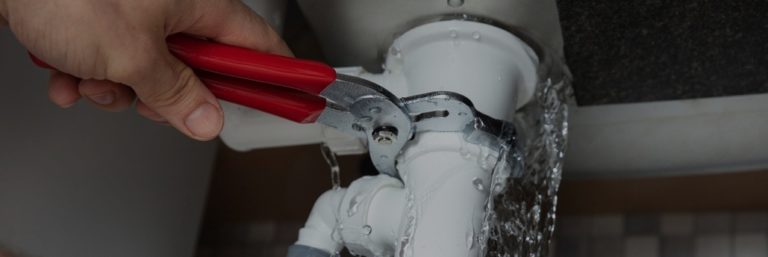How to Inspect If Your Residence Has a Surprise Leak
How to Inspect If Your Residence Has a Surprise Leak
Blog Article
The content down below relating to Locating water leaks is fairly interesting. Give it a go and draw your own final thoughts.

Early detection of leaking water lines can reduce a potential calamity. Aside from saving you cash, it will certainly minimize the worry as well as disappointment. The moment you discover a leak, calling your plumber for repairs is the most effective option. Nonetheless, some small water leakages might not show up. If you can not find it with your nude eyes, here are some hacks that help.
1. Examine the Water Meter
Every house has a water meter. Checking it is a guaranteed way that helps you uncover leakages. For beginners, switch off all the water resources. Make sure no one will purge, utilize the faucet, shower, run the washing maker or dishwasher. From there, most likely to the meter and watch if it will change. Considering that no person is using it, there need to be no activities. If it moves, that suggests a fast-moving leakage. Similarly, if you spot no changes, wait an hour or 2 as well as inspect back again. This indicates you may have a slow leakage that might also be underground.
2. Check Water Intake
Assess your water bills and also track your water consumption. As the one paying it, you should observe if there are any type of disparities. If you spot sudden changes, in spite of your consumption coinciding, it means that you have leaks in your plumbing system. Bear in mind, your water bill ought to fall under the same range monthly. An abrupt spike in your bill suggests a fast-moving leak.
A steady boost every month, even with the exact same behaviors, shows you have a slow-moving leak that's likewise gradually rising. Call a plumber to thoroughly inspect your property, specifically if you really feel a warm area on your flooring with piping underneath.
3. Do a Food Coloring Test
When it comes to water consumption, 30% comes from commodes. If the color in some way infiltrates your bowl during that time without flushing, there's a leakage in between the storage tank and bowl.
4. Asses Outside Lines
Don't neglect to check your outdoor water lines as well. Must water leak out of the connection, you have a loosened rubber gasket. One tiny leak can waste lots of water and increase your water bill.
5. Analyze the situation and also examine
Home owners need to make it a routine to inspect under the sink counters as well as even inside closets for any kind of bad odor or mold and mildew development. These two red flags suggest a leakage so prompt focus is required. Doing routine evaluations, even bi-annually, can save you from a major problem.
Examine for discolorations as well as deteriorating as most pipes and home appliances have a life expectancy. If you believe leaking water lines in your plumbing system, do not wait for it to rise.
Early discovery of leaking water lines can reduce a prospective calamity. Some tiny water leakages may not be visible. Checking it is a proven way that helps you discover leakages. One little leakage can waste loads of water as well as spike your water costs.
If you think dripping water lines in your plumbing system, do not wait for it to escalate.
WARNING SIGNS OF WATER LEAKAGE BEHIND THE WALL
PERSISTENT MUSTY ODORS
As water slowly drips from a leaky pipe inside the wall, flooring and sheetrock stay damp and develop an odor similar to wet cardboard. It generates a musty smell that can help you find hidden leaks.
MOLD IN UNUSUAL AREAS
Mold usually grows in wet areas like kitchens, baths and laundry rooms. If you spot the stuff on walls or baseboards in other rooms of the house, it’s a good indicator of undetected water leaks.
STAINS THAT GROW
When mold thrives around a leaky pipe, it sometimes takes hold on the inside surface of the affected wall. A growing stain on otherwise clean sheetrock is often your sign of a hidden plumbing problem.
PEELING OR BUBBLING WALLPAPER / PAINT
This clue is easy to miss in rooms that don’t get much use. When you see wallpaper separating along seams or paint bubbling or flaking off the wall, blame sheetrock that stays wet because of an undetected leak.
BUCKLED CEILINGS AND STAINED FLOORS
If ceilings or floors in bathrooms, kitchens or laundry areas develop structural problems, don’t rule out constant damp inside the walls. Wet sheetrock can affect adjacent framing, flooring and ceilings.
https://www.servicemasterbyzaba.com/blog/how-to-detect-water-leakage-in-walls/

Do you enjoy reading about Detecting hidden plumbing leaks? Leave feedback down below. We'd be interested to find out your ideas about this article. We hope that you come back again before long. If you enjoyed our article if you please do not forget to share it. Thanks so much for taking the time to read it.
Report this page